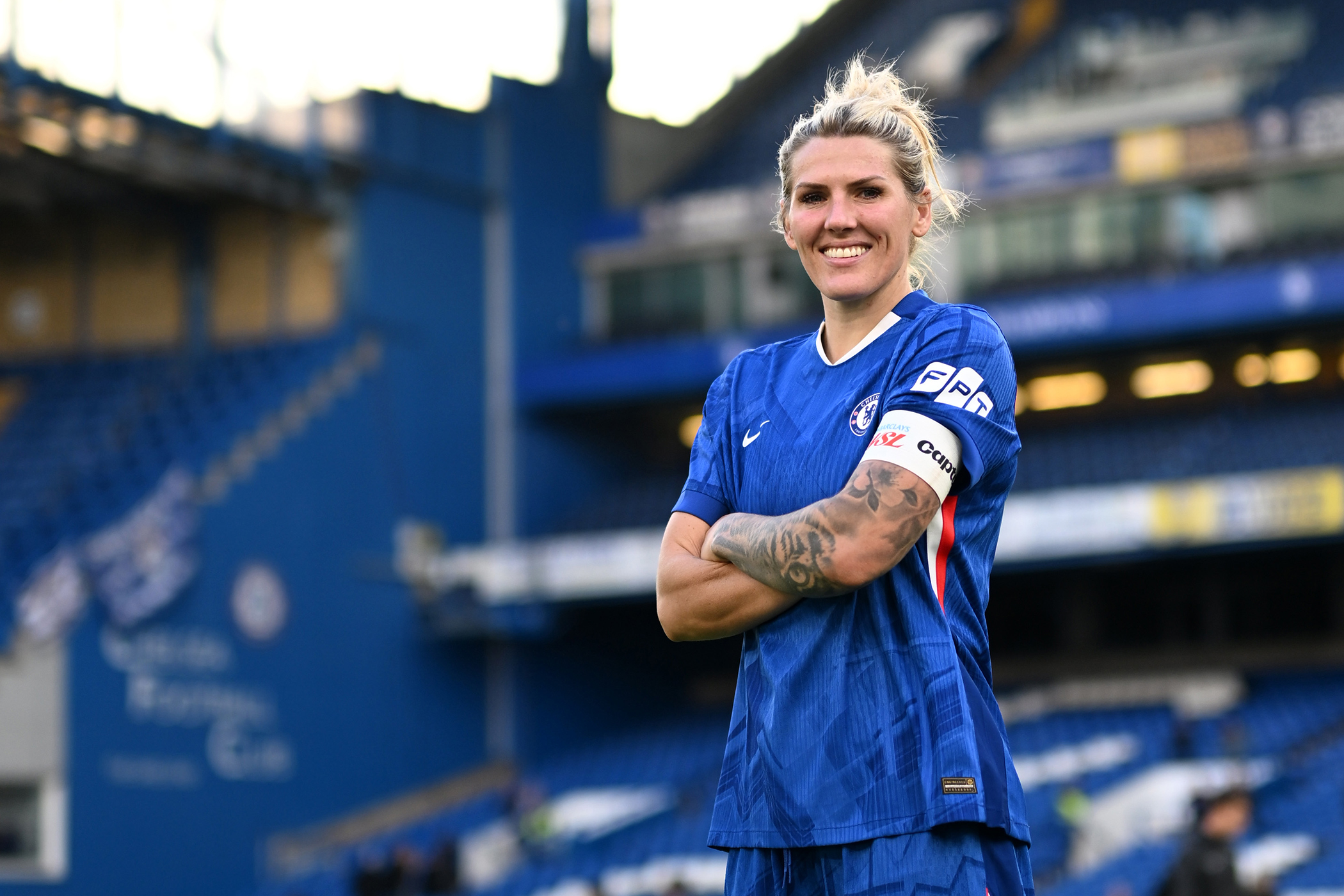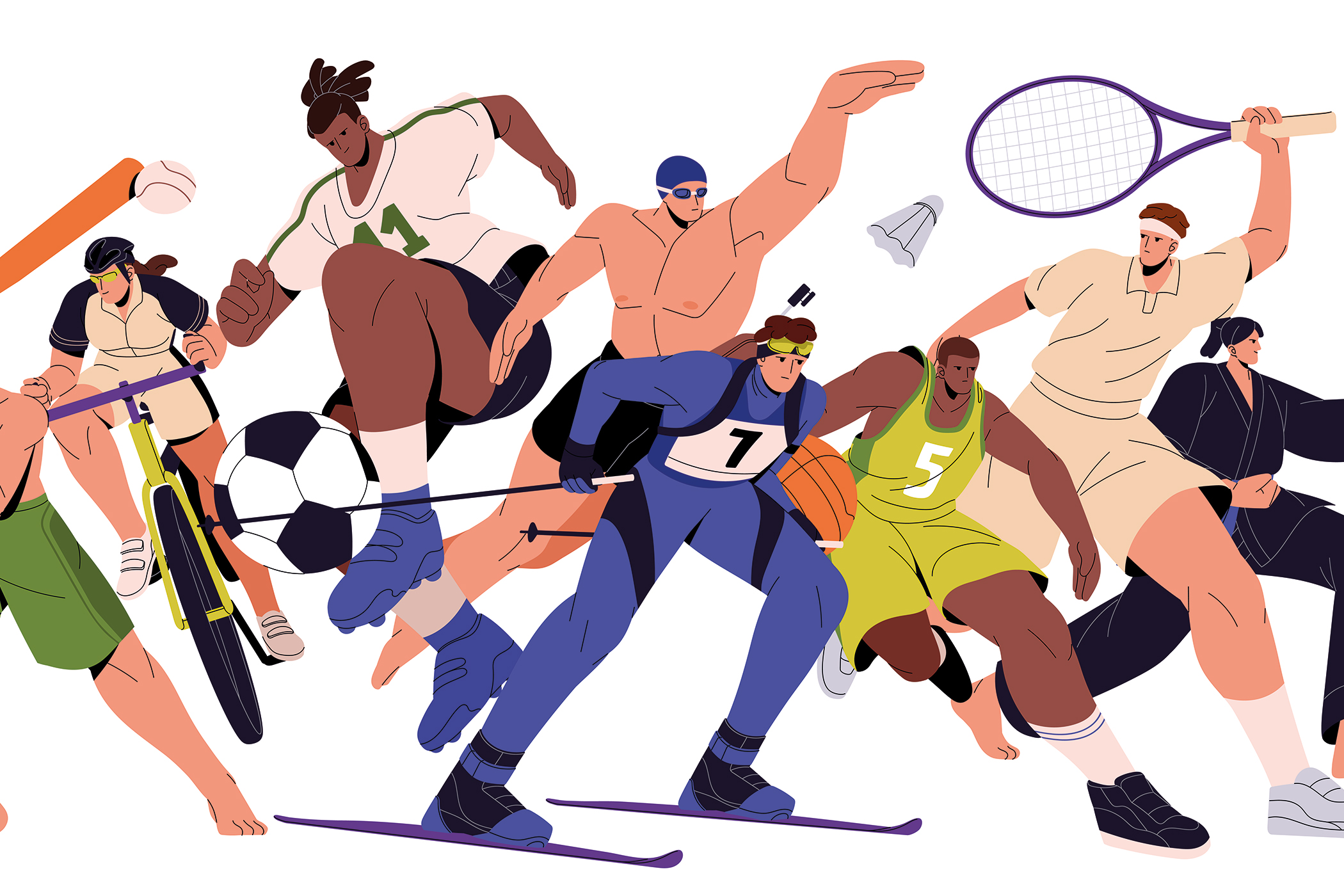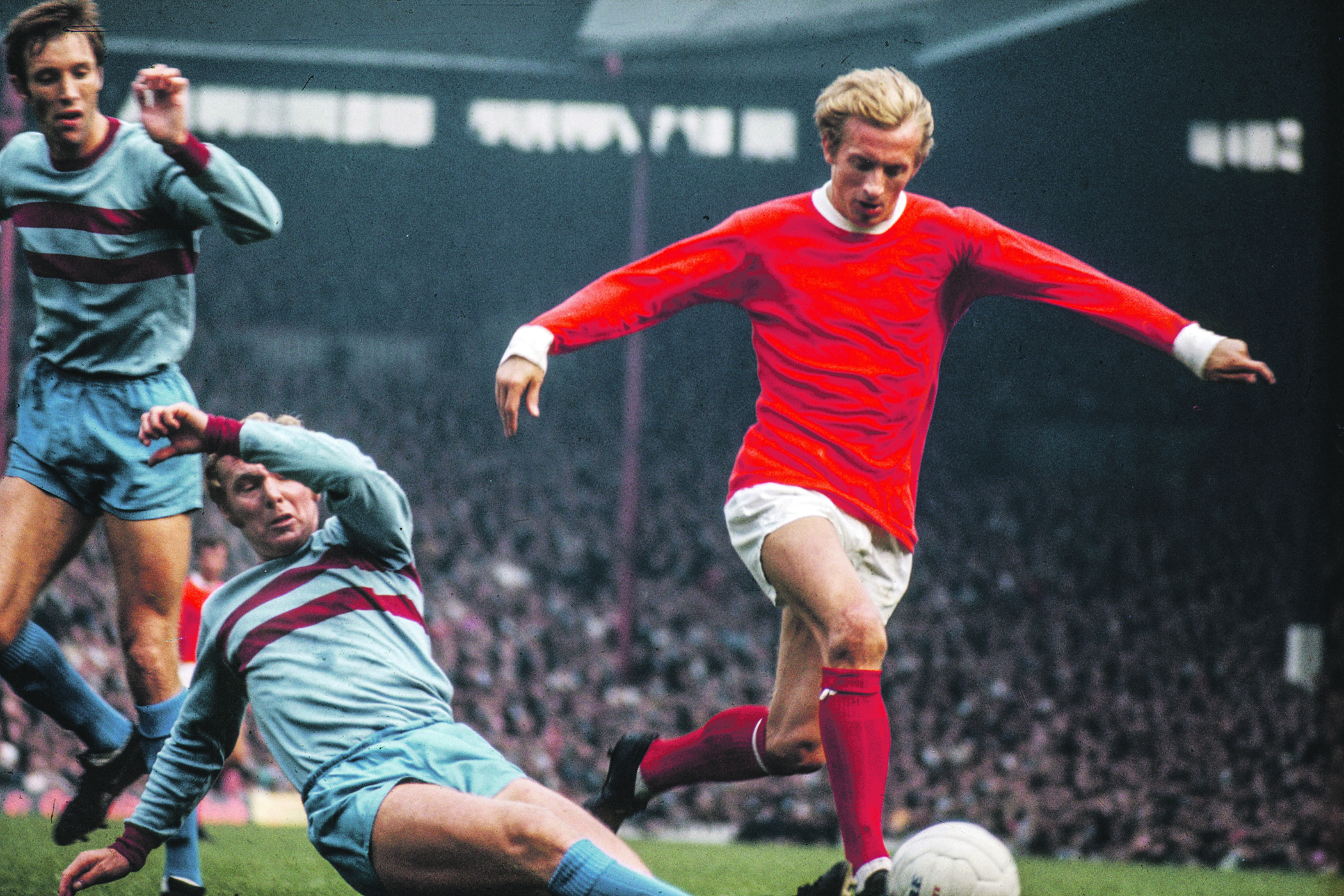For the past two weekends, Chelsea fans will have the luxury of being able to spend Saturdays watching both their men’s and women’s teams live. Last Saturday, the women hosted London City Lionesses at Stamford Bridge at midday before the men kicked off at Tottenham at 5.30pm. On Saturday, the women played Arsenal before the men hosted Wolves.
The ability for fans to watch both teams has long been called for as clubs attempt to build fanbases for their women’s teams. Women’s football often shouts about its new fans, but Uefa estimates that only 30% of women’s football supporters are actually new. Pre-existing fans who follow the men’s teams are an important constituency to be converted.
Chelsea have not always excelled at this, but the club have been on a long journey integrating the two sides to present an outward picture of “one club”. “When I first signed, it came across as ‘Chelsea men’,” says Chelsea captain Millie Bright, who joined the club in 2014. “The women were a little gem hidden at the bottom of the training ground.
“We were kind of last. I don’t think it’s bad to say where we come from. Sometimes people shy away from being honest. But we did come from that place, and without coming from it, we wouldn’t get to push for all that we push for.”
Bright joined the club only five years after the women’s team’s budget had been supported by the men’s captain at the time, John Terry, following cuts. It was under Emma Hayes that the women gained more recognition. Not afraid to ask for what she needed, Hayes’s success as manager helped bring the women’s side greater prominence. They played their first match at Stamford Bridge in 2016, just over a year after they had won the league and the FA Cup for the first time.
Related articles:
“That was our incentive,” says Bright. “If you do well, you get to ask for things. One thing Emma really taught me is that being a female player is not just about you.” That approach has been under the microscope this week with the release of Mary Earps’s biography All In. The focus on her own feelings with regard to her position as England goalkeeper has drawn considerable criticism.
“You don’t just win for the medal. You win for the bigger picture,” says Bright. “You win to break down barriers. You get to be a powerful, individual woman, to stand on your own two feet, to stand in the men’s working environment and ask for things. I’m also proud that we’ve not had everything to win. We’ve not needed everything to win. I think it’s a balance. I don’t want us to lose that mentality of sticking together.”
The decision by Chelsea to spin the women’s team out into its own financial entity raised alarm bells that the work that had been done to bring the two arms together was going to be thrown away as a way of manipulating financial fair play rules. It is undeniable that the decision helped get the men’s team out of a significant hole, enabling them to add £200m to their balance sheet. It also enabled them to take on £20m investment from Alexis Ohanian, co-founder of Reddit and husband of Serena Williams, in return for a stake thought to be about 8%.
Chelsea are not the only club to be keen to reap the benefits of external investment, and the impact it could have on their men’s and women’s teams. It allows teams to build their own identities even within the broader club umbrella.
“We are coming from having our lunch in a little brown paper bag,” says Bright. “It would be a piece of fruit, a chocolate bar and a sandwich. Now we have a canteen and a chef. If you see those differences, which not everyone gets to see, it’s a massive reflection of all the hard work done to have a separate investor.
“Separate teams are still the same club, but the women’s game is separate to the men’s so we should be pushing to stand on our own two feet. If in 15 years, we can look back and all the women’s teams are running themselves, we’ve cracked the code.”
Chelsea have also actively courted fans who do not have a connection to the men’s team. Their recent merchandise line which uses “CFCW” as branding came about as a result of complaints from parents who supported different teams and did not want their children wearing the Chelsea badge, even if they had ended up supporting the women’s team. They also created a rose design to celebrate their sixth consecutive Women’s Super League title which has been spun out into a jewellery collection, reflecting the gender make-up of the women’s team’s fans.
Crucially, what Chelsea aim to do is offer the women’s team the same benefits the men’s side get while growing a distinct identity for each side. It is a process that has been going on for more than a decade, across different ownership groups, managers and players.
It has succeeded more in some ways – the financial support the women’s team receives ranks as one of the best in the world – than in others – they still struggle to fill Stamford Bridge on a regular basis. But many other clubs could learn from the seriousness of the Chelsea approach.
Photograph by Harriet Lander/Chelsea FC via Getty Images



